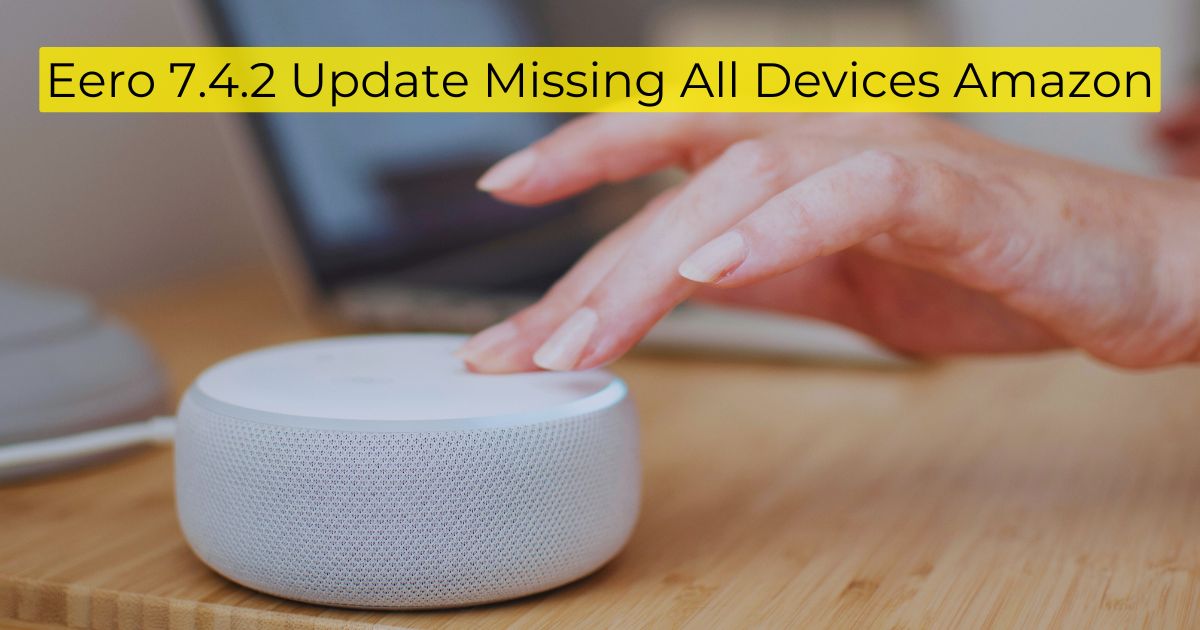Coffee is a beloved beverage enjoyed by millions around the world. Whether you’re starting your day with a hot cup or sipping on a cold brew, understanding how long coffee can sit out is crucial for maintaining both its quality and safety. In this comprehensive guide, we’ll explore the science behind coffee freshness, best practices for storage, and how to determine if your coffee has gone bad.
Overview of Coffee Freshness
Coffee freshness is a critical factor that affects the taste and safety of your drink. Freshly brewed coffee provides a rich, aromatic experience that many coffee enthusiasts cherish. However, once coffee is brewed, its freshness begins to deteriorate. Factors like temperature, exposure to air, and duration of sitting time play significant roles in how long coffee can sit out before it becomes less enjoyable. Knowing how to handle and store coffee properly can help you maintain its optimal flavor and prevent potential health risks associated with consuming stale coffee.
Common coffee drinking practices vary widely, from brewing a fresh pot each morning to making large batches that are enjoyed throughout the day. Understanding how long coffee can sit out before it becomes less palatable or unsafe to drink is essential for making the most out of your coffee experience. This guide will provide insights into the science of coffee freshness and offer practical tips for storing and handling your coffee.
The Science Behind Coffee Freshness
Chemical Changes in Coffee
When coffee is brewed, it undergoes several chemical changes that affect its taste and quality. One of the primary processes is oxidation, where oxygen reacts with compounds in the coffee, leading to a loss of flavor and aroma. Oxidation begins immediately after brewing and accelerates over time, causing the coffee to taste stale and less vibrant. This chemical change is primarily responsible for the degradation of flavor in coffee that has been sitting out.
Additionally, other chemical processes contribute to the loss of freshness. For example, the release of volatile compounds responsible for coffee’s aroma diminishes, leading to a less aromatic and more bland drink. The complex interactions of these chemicals impact the overall sensory experience of the coffee, making it less enjoyable if left out for extended periods.
Microbial Growth
Another critical aspect of coffee freshness involves microbial growth. Coffee left out at room temperature becomes a potential breeding ground for bacteria and fungi. The warm, moist environment of coffee can promote the growth of these microorganisms, which can pose health risks. Bacterial contamination can lead to gastrointestinal issues and other health problems if consumed.
Fungal growth, although less common, can also occur in coffee that has been sitting out for too long. Mold and other fungi can develop, especially if the coffee has been exposed to high humidity. Therefore, it’s essential to be aware of the risks associated with drinking coffee that has been left out for extended periods and to take precautions to ensure it remains safe and enjoyable.
How Long Can Coffee Sit Out?
Room Temperature Coffee
At room temperature, brewed coffee generally remains fresh for a few hours. The general guideline for how long coffee can sit out is that it should not be left out for more than 2 hours if you want to enjoy it at its best. After this period, the coffee begins to lose its optimal flavor and aroma due to the effects of oxidation. However, it is still safe to consume coffee left out for a short duration.
Factors affecting coffee freshness at room temperature include the ambient temperature, the type of coffee, and the container used. For instance, coffee left in a covered container may retain its flavor slightly longer than coffee left uncovered. Additionally, cooler room temperatures can slow down the oxidation process compared to warmer environments.
Coffee Left Out Overnight
When coffee is left out overnight, it’s crucial to consider both safety and quality. Coffee left out for 12 hours or more will likely have experienced significant degradation in flavor and aroma. The oxidation process will have progressed substantially, leading to a flat, stale taste. While it may still be safe to drink, the sensory experience will be compromised.
The risk of microbial growth increases with time, making it less advisable to consume coffee that has been left out overnight. Although the coffee itself may not be harmful if consumed after sitting out for an extended period, the potential health risks and diminished flavor should be taken into account. For the best experience, it’s recommended to consume coffee within a few hours of brewing.
Types of Coffee and Their Freshness
Hot Brewed Coffee
Hot brewed coffee generally stays fresh for about 1 to 2 hours when kept in a thermal carafe or an insulated container. Thermal carafes are designed to maintain the temperature of coffee without using a heating plate, which helps prevent overcooking and preserving the coffee’s freshness.
If coffee is kept on a hot plate, its quality may degrade more rapidly due to prolonged exposure to heat. The heating element can cause the coffee to develop a burnt taste and affect its overall flavor profile. To keep hot brewed coffee fresh for longer, consider transferring it to a thermal carafe or using a coffee maker with an insulated pot.
Cold Brew Coffee
Cold brew coffee has a different freshness timeline compared to hot brewed coffee. When stored in the refrigerator, cold brew coffee can remain fresh for up to two weeks. The cold brewing process extracts flavors slowly, resulting in a coffee that is less susceptible to rapid degradation.
Proper storage is key for maintaining the quality of cold brew coffee. Keep it in a sealed container to prevent exposure to air, which can lead to oxidation and flavor loss. If left out at room temperature, cold brew coffee should be consumed within a few hours to avoid potential safety issues and maintain its intended taste.
Espresso and Specialty Coffees
Espresso and specialty coffees have unique freshness considerations. Due to their concentrated nature, espresso can become stale quickly if left out. Ideally, espresso should be consumed immediately after brewing for the best flavor experience. The strong flavors and aromas of espresso can diminish rapidly due to oxidation.
Specialty coffee drinks, such as lattes and cappuccinos, should also be enjoyed soon after preparation. Milk-based beverages are particularly sensitive to bacterial growth and spoilage, making it important to consume them within a short timeframe to ensure both safety and quality.
Best Practices for Storing Coffee
Storing Coffee at Room Temperature
To maintain the freshness of coffee stored at room temperature, use airtight containers that prevent exposure to air. Glass or ceramic containers with tight-sealing lids are ideal for preserving coffee’s flavor and aroma. Avoid using plastic containers, as they can absorb odors and affect the coffee’s taste.
Keep coffee in a cool, dry place away from direct sunlight and heat sources. Sunlight and heat can accelerate the oxidation process, leading to a faster loss of freshness. For optimal results, store coffee in a dedicated coffee canister designed to maintain freshness and protect against environmental factors.
Refrigeration and Freezing
Refrigeration and freezing are effective methods for extending the shelf life of coffee, especially if you have a large quantity that won’t be consumed quickly. If you choose to refrigerate or freeze coffee, use airtight containers to prevent moisture and odors from affecting the coffee’s quality.
When freezing coffee, portion it into smaller amounts to avoid repeatedly thawing and refreezing, which can impact the flavor. Thaw coffee in the refrigerator to maintain its freshness. For ground coffee, consider grinding it just before use to preserve its flavor.
Also Read: What Makes a 1964 Kennedy Half Dollar Rare
Using Coffee Makers and Thermal Carafes
Coffee makers and thermal carafes play a significant role in maintaining coffee freshness. Thermal carafes help keep coffee warm without the need for a hot plate, which can alter the taste. Many modern coffee makers come with built-in thermal carafes or insulated pots that help maintain coffee quality for several hours.
If using a coffee maker with a hot plate, avoid keeping coffee on the plate for extended periods. Instead, transfer the coffee to a thermal carafe or other insulated container to prevent overcooking and preserve its flavor. Regularly clean coffee makers and carafes to prevent buildup that can affect the taste of your coffee.
How to Tell if Coffee Has Gone Bad
Visual and Smell Indicators
Identifying whether coffee has gone bad can be done by checking for visual and smell indicators. Fresh coffee should have a rich, deep color and a glossy surface. If you notice a change in color, such as a dull or greyish appearance, it may indicate that the coffee has started to degrade.
Smell is another crucial factor in determining coffee freshness. Fresh coffee has a strong, pleasant aroma. If the coffee emits an off or rancid smell, it is a sign that it has gone stale or been exposed to spoilage. Trust your senses to evaluate the quality of coffee before consumption.
Taste Test
If visual and smell indicators are inconclusive, performing a taste test can provide additional insights. Stale coffee often has a flat, bitter, or overly acidic taste. The flavor profile of coffee will change as it sits out, so if the taste is noticeably different from when it was freshly brewed, it may be an indication that the coffee has lost its optimal quality.
For health and safety reasons, avoid consuming coffee that tastes unpleasant or has an off flavor. While slight changes in taste are normal, significant alterations can indicate that the coffee is no longer enjoyable or safe to drink.
Impact of Sitting Coffee on Health
Potential Health Risks
Drinking coffee that has been left out for too long can pose health risks due to microbial growth. Bacteria and fungi can develop in coffee that is exposed to air and warmth, potentially leading to gastrointestinal issues and other health problems. Although coffee itself is not typically a high-risk food, improper handling and prolonged sitting times can increase the likelihood of contamination.
It’s essential to consider both the safety and quality of coffee when determining whether it’s safe to consume. If coffee has been left out for an extended period or shows signs of spoilage, it’s best to err on the side of caution and avoid drinking it.
Preventing Coffee from Sitting Out Too Long
Tips for Avoiding Coffee Waste
To avoid coffee waste and ensure you enjoy your coffee at its best, brew only the amount you plan to consume within a reasonable timeframe. Using a coffee maker with programmable features or a timer can help you prepare coffee at the right time for your needs.
If you frequently find yourself with leftover coffee, consider investing in a thermal carafe or a coffee warmer to keep your coffee fresh for longer. These tools can help maintain the temperature and flavor of your coffee without the need for prolonged sitting.
Alternatives to Letting Coffee Sit Out
If you find that coffee frequently sits out longer than desired, explore alternatives for reheating or preserving it. Reheating coffee can be done safely using a microwave or stovetop, but be cautious not to overheat it, as this can alter the flavor.
Coffee preservation tools, such as vacuum-sealed containers and coffee canisters, can help extend the freshness of your coffee. These tools can minimize exposure to air and moisture, ensuring that your coffee remains enjoyable for a more extended period.
Conclusion
Understanding how long coffee can sit out is crucial for maintaining its freshness and safety. Coffee begins to lose its optimal flavor and aroma shortly after brewing, with oxidation and microbial growth being significant factors. By following best practices for storing coffee and recognizing signs of spoilage, you can ensure that your coffee remains enjoyable and safe to drink.
Adopting proper storage techniques, such as using airtight containers and thermal carafes, can help extend the life of your coffee and prevent waste. Additionally, being mindful of how long coffee can sit out and taking steps to preserve its freshness can enhance your coffee-drinking experience.
Best Practices for Maintaining Coffee Freshness
To keep your coffee fresh and flavorful, adhere to the following best practices:
- Store coffee in airtight containers away from light and heat.
- Use thermal carafes or insulated containers to maintain coffee warmth.
- Consume coffee within a few hours of brewing for the best taste.
- Avoid letting coffee sit out for extended periods, especially overnight.
FAQs
Can You Drink Coffee Left Out for 24 Hours?
Drinking coffee left out for 24 hours is generally not recommended. The coffee will have experienced significant degradation in flavor and may pose health risks due to microbial growth. For the best experience, consume coffee within a few hours of brewing.
What Is the Best Way to Reheat Coffee?
The best way to reheat coffee is to use a microwave or stovetop. Heat the coffee gently to avoid altering its flavor. Avoid using a hot plate, as it can cause the coffee to develop a burnt taste.
How Can I Make My Coffee Last Longer?
To make your coffee last longer, store it in airtight containers and keep it away from light and heat. Use thermal carafes to maintain warmth and consume it within a few hours of brewing. Consider freezing coffee if you have a large quantity that won’t be used quickly.
Is Cold Coffee Safe to Drink After 2 Days?
Cold coffee stored in the refrigerator can be safe to drink for up to two weeks. However, if it has been left out at room temperature for more than a few hours, it’s best to discard it to avoid potential health risks.










